Do you have a question about the Honda CRF450RX and is the answer not in the manual?
Follow guidelines to enhance safety, inspect vehicle, stop engine before fueling, and avoid enclosed areas.
Labels provide important safety information and warn of hazards. Read and do not remove them.
Describes the meaning of various labels found on the vehicle.
Ensure wearing of approved helmet, eye protection, and protective apparel for safe riding.
Guidelines for running-in period, parking, and refuelling the vehicle.
Advises against installing non-Honda accessories and making unauthorized modifications.
Identifies key parts of the vehicle with labels for easy recognition.
Explains the function and meaning of various indicator lamps on the vehicle.
Details the location and function of various control switches on the handlebars.
Explains how to select and use the vehicle's selectable torque control system.
Describes the HRC-Launch Control System for effective race starts.
Provides step-by-step procedures for starting the engine in various conditions.
Explains the 5-speed gear pattern and how to shift gears.
Details the process and precautions for refuelling the vehicle's fuel tank.
Emphasizes safety, performance, and protecting investment through regular vehicle maintenance.
Lists recommended inspection and service intervals for vehicle upkeep.
Covers essential pre-ride inspections and basic between-ride maintenance tasks.
Addresses issues when the starter operates but the engine does not, or the starter does not operate.
Explains the PGM-FI malfunction indicator lamp (MIL) and its implications.
Covers common electrical issues like a dead battery or blown fuse.
Provides guidelines for washing, cleaning, polishing, and frame maintenance.
Instructions for properly preparing and storing the vehicle for extended periods.
Guidelines and precautions for safely transporting the vehicle.
Discusses responsible vehicle use, sensible cleaners, and waste disposal.
Explains the importance and location of frame and engine serial numbers.
Details acceptable fuel blends and potential issues with high ethanol content.
Lists the key physical dimensions of the vehicle.
Provides frame-related specifications including tyre size and pressure.
Details engine specifications such as bore, stroke, compression ratio, and oil capacity.
Specifies the recommended coolant type and capacity for the vehicle.
Lists gear ratios, primary reduction, and final reduction details.
Covers electrical components like battery, spark plugs, and fuses.
Lists essential torque values for various bolts and components.
Provides contact and address information for Honda and its representatives.
| Displacement | 449.7cc |
|---|---|
| Bore x Stroke | 96.0mm x 62.1mm |
| Compression Ratio | 13.5:1 |
| Throttle Body | 46mm |
| Transmission | 5-speed |
| Final Drive | Chain |
| Front Suspension Adjustability | Fully adjustable |
| Rear Suspension | Pro-Link Showa single shock |
| Rear Suspension Adjustability | Fully adjustable |
| Front Brake | Single 260mm disc with twin-piston caliper |
| Rear Brake | Single 240mm disc |
| Front Tire | 80/100-21 |
| Wheelbase | 58.3 inches |
| Seat Height | 37.8 inches |
| Ground Clearance | 12.9 inches |
| Fuel Capacity | 2.1 gallons |
| Engine Type | Single-cylinder four-stroke |
| Valve Train | Unicam 4-valve |
| Induction | Programmed Fuel Injection (PGM-FI) |
| Ignition | CDI |
| Front Suspension | 49mm Showa® coil-spring fork |
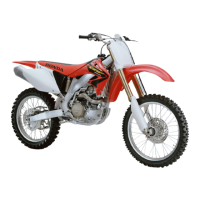
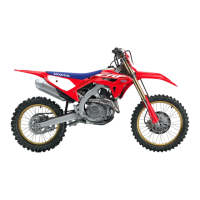
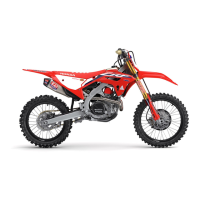
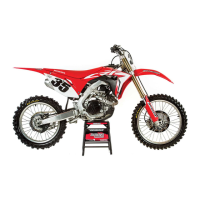
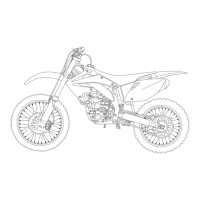
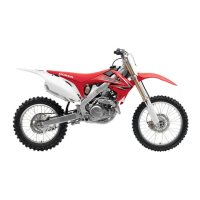
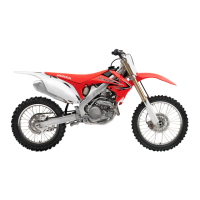
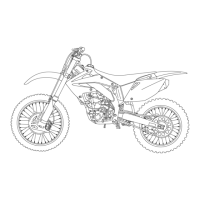


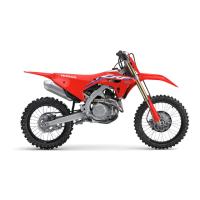
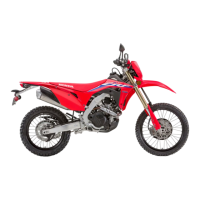
